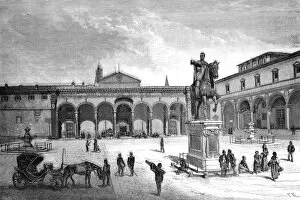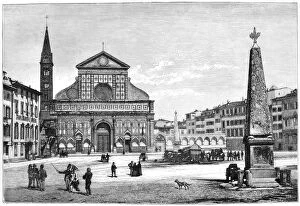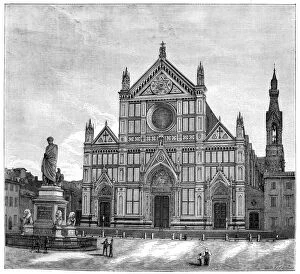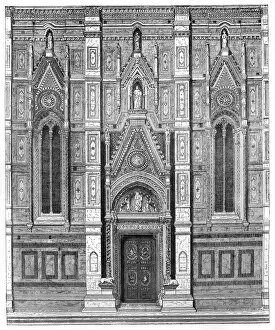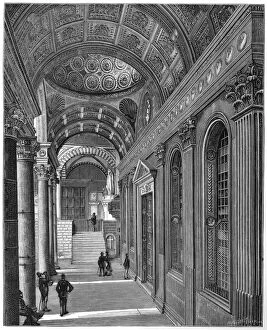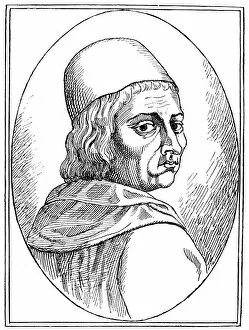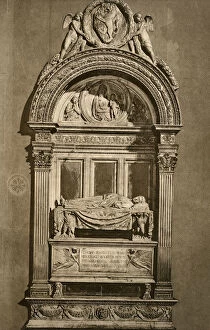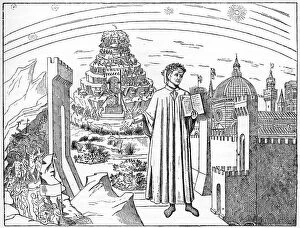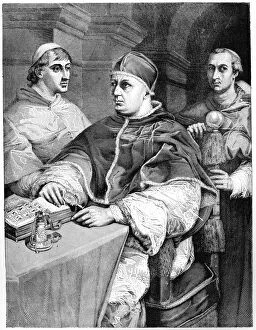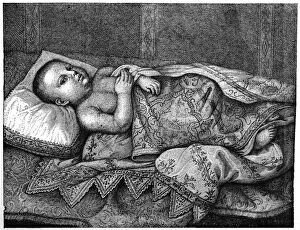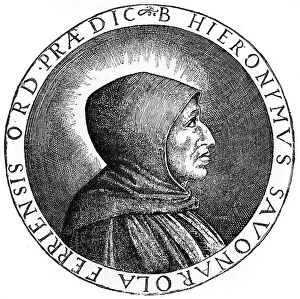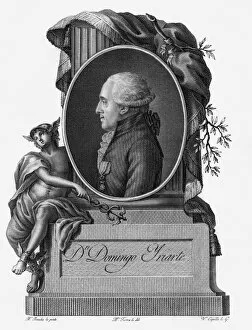Yriarte Collection
"Exploring the Riches of Florence: Yriarte's Journey through Time" Step into the world of Yriarte
All Professionally Made to Order for Quick Shipping
"Exploring the Riches of Florence: Yriarte's Journey through Time" Step into the world of Yriarte, as he takes us on a captivating journey through the enchanting city of Florence in 1882. With his keen eye for detail and passion for art, he unveils hidden treasures that have stood the test of time. Intriguingly, Yriarte begins by paying homage to Galileo Galilei (1564-1642), a brilliant mind whose scientific discoveries revolutionized our understanding of the universe. A testament to this era is seen in a magnificent bust of a warrior in profile, exuding strength and valor. Venturing further into history, Yriarte uncovers an ethereal night scene from the tomb of Julian de Medici at San Lorenzo Basilica. The delicate play between light and shadow transports us to another realm altogether. Art lovers are treated to Pollaiuolos Combat of Centaurs - a masterpiece capturing mythical creatures locked in fierce battle. This depiction showcases both artistic skill and storytelling prowess. As we traverse Florence's picturesque streets, Yriarte guides us through iconic squares such as Piazza della Signoria and Piazza della Santissima Annunziata. These vibrant hubs pulsate with life and offer glimpses into daily Florentine existence. No exploration would be complete without visiting architectural marvels like Santa Maria Novella or Santa Croce Basilica. Each structure tells its own story - one filled with devotion, grandeur, and centuries-old secrets waiting to be unraveled. The towering campanile of Basilica di Santa Maria del Fiore stands tall against the skyline; its majestic presence symbolizes Florence's rich heritage. Nearby lies the canonical gate leading visitors towards spiritual enlightenment within these sacred walls. Finally, we find ourselves immersed in history at Palazzo Vecchio's Court - where political intrigue once thrived amidst stunning Renaissance architecture.




